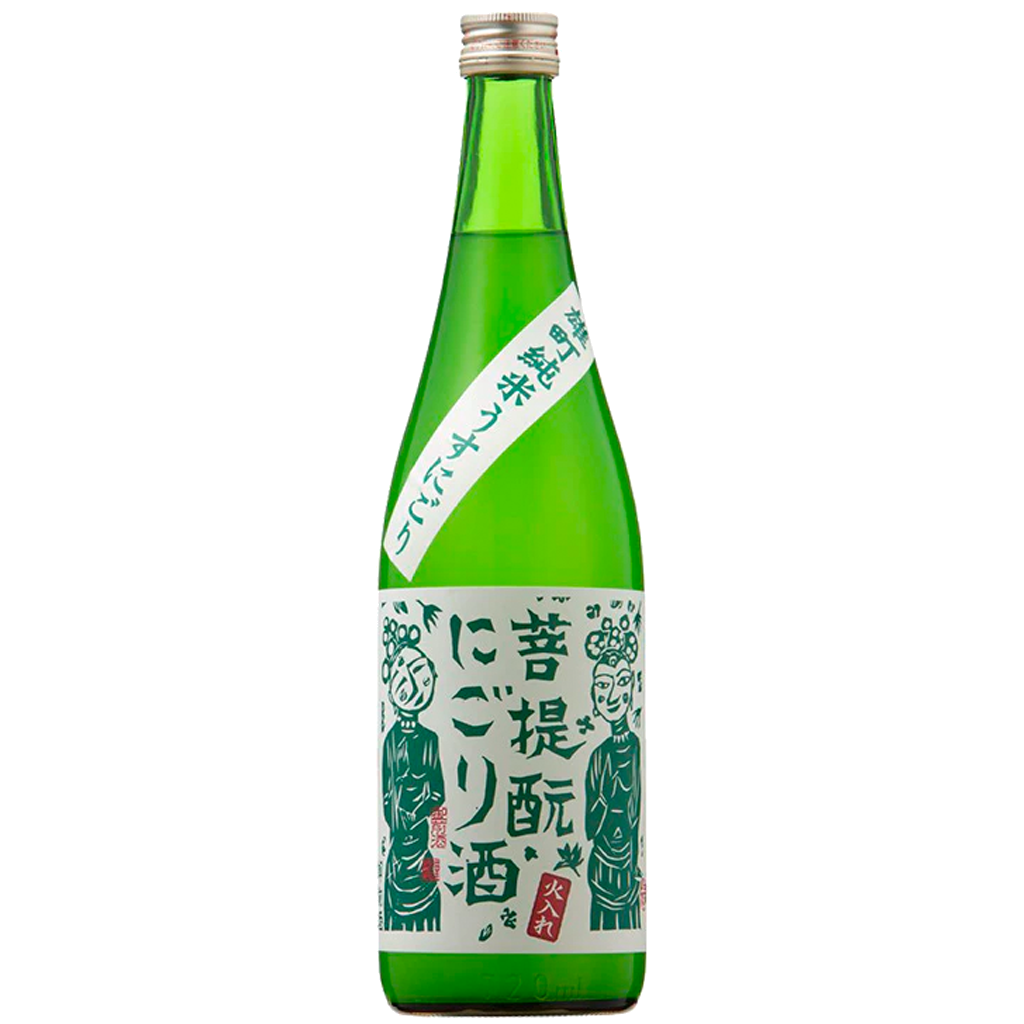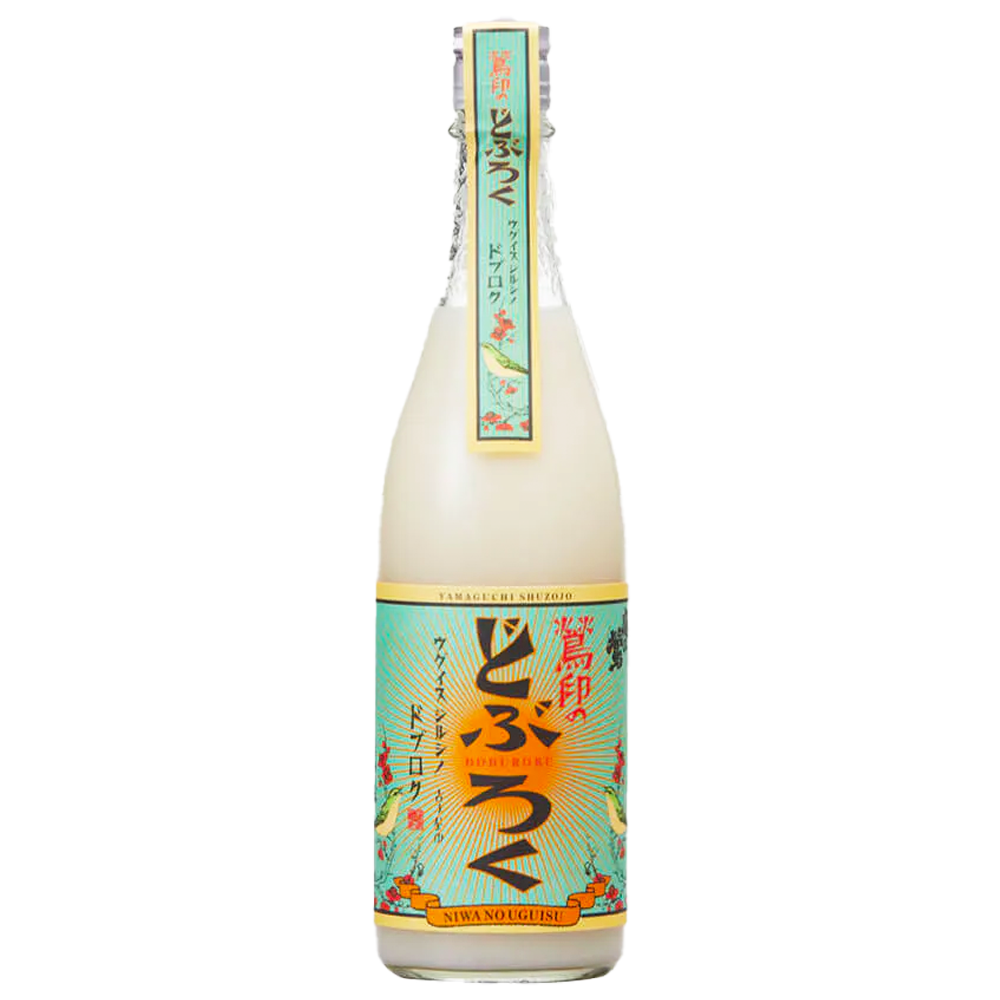
Gozenshu Bodaimoto Nigori
- In stock, ready to ship
A wild and evolving sake that shifts from crisp and herbal on release, to umami-rich, cheesy and spicy over time. The current bottling is getting into wild and moody territory, with notes of clove, fresh ricotta, sasparilla, yogurt, pancetta and spiced ghee. With such evolving complexity, it's no wonder I turn to it for unique pairings year-round.
Little known by even the geekiest sake aficionados, Gozenshu's relationship with bodaimoto method is one of a kind. They prepare their bodaimoto starter-- an ancient fermentation starter originally invented by monks in Nara-- by infusing koji rice into water using a cloth bag, almost like tea. This is versus using the traditional raw rice, which makes the starter more sour and acetic. In addition, Gozenshu was the first brewery to rediscover and resurrect the bodaimoto method in the modern age. It was only by chance when a relative of the family, a London-based antiquities dealer, came across an old brewing book. This book included a recipe for the (then unknown) bodaimoto method, which led Gozenshu's toji on a quest to reproduce, and eventually evolve, this style of sake. Unpopular at first, bodaimoto is now a cornerstone of modern taste and has inspired dozens of other breweries to attempt the ancient method.
Style and production
There are three unique methods of production that make this sake what it is, and to understand it, you have to know what those methods are.
1) First is the bodaimoto fermentation starter method. While the vast majority of sake starters are acidified with pure lactic acid (called the sojuko method), a bodaimoto starter is a mix of water, uncooked rice and/or cooked rice, left to turn sour. Ambient lactic acid bacteria (along with a bunch of other random buggies) do their business, generate lactic acid, and eventually create a sour environment safe for sake yeast. This wild starter tends to be wild, funky, yogurt-y and fruity. Gozenshu's proprietary bodaimoto method is a variation on this, designed to produce a softer, less sour sake (but no less complex).
2) Second is the use of omachi rice, an heirloom varietal known for its earthy, herbal, rustic and full-flavored profile, well suited to junmai.
3) Last is coarse filtration, making it an usunigori: a lightly cloudy nigori. When the fermenting mash, essentially a loose porridge, is filtered, it passes through a coarse mesh, letting some particulate get through. The result is an usunigori, which adds texture, expedites aging/maturation, and enhances the flavor of the rice.
Location: Okayama (North)
Rice: Omachi
Polishing: 58% (koji) 65% (kakemai)
Yeast: 901
SMV: -6
Acidity: 2.2
Amino acids: 1.7
Starter: bodaimoto-inspired, sashimoto pied de cuvee
Gozenshu is made by one of Japan's most accomplished female toji, Maiko Tsuji, who was also the first female toji in Okayama. In 2023, the company committed to producing 100% of their sake from local Okayama omachi rice, making them the first brewery in Japan to exclusively commit to local Omachi.
The woodblock print on the label was made by a local buddhist monk and artist to honor the history of this method.
Gozenshu is my first choice for anything cilantro or mint. Avocado salad with cucumber, lime and herbs? Gozenshu. Armenian stuffed flatbread with herb chutney? Gozenshu. Khao soi with extra herbs? Yep. Best Baguette sandwich with extra veggies? Oh yeah. Other big wins are cheese plates, anything ricotta, pancetta wrapped melons, a pancetta and butter baguette. Sip on it a bit at room temp to chilled. Enjoy!



